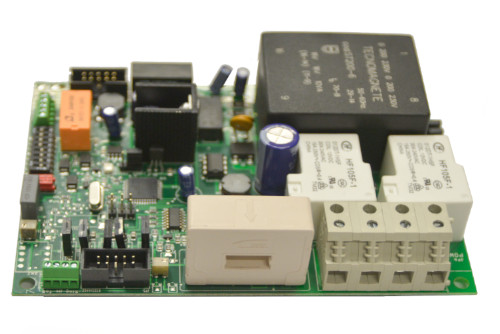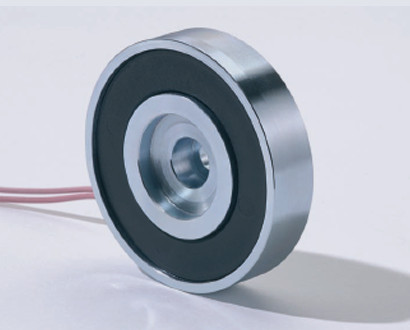SOFT MAGNETIC MATERIAL
The so-called "Soft" or "Sweet" magnetic materials are those materials that can be easily magnetized and demagnetized. They generally have an intrinsic coercivity of less than 1000 A / m.
They are used in a targeted way to improve and channel the magnetic flux produced by an electric current. The main parameter, often used as a reference for Soft magnetic materials, is relative permeability, which is a measure of how the material responds to an applied magnetic field.
LOW Hc
Coercive Force
A very low value of coercive force means that the material has a high magnetic conductivity: it is therefore easy to magnetize and demagnetize!
LOW SATUREATED
FLUX DENSITY
The material quickly reaches the degree of saturation, this characteristic makes it suitable for applications where a quick change or cancellation of the magnetic field is required.
LOW CURIE
TEMPERATURE
Unfortunately the material demagnetizes at low temperatures, the field of application must be carefully monitored!
WIDE AVAILABILITY
OF DIFFERENT ALLOYS
- Pure iron and low carbon steels
- Fe-Si Alloy
- Amorphous and nanocrystalline alloys
- Ni-Fe and Co-Fe Alloy
- Soft Ferrite


